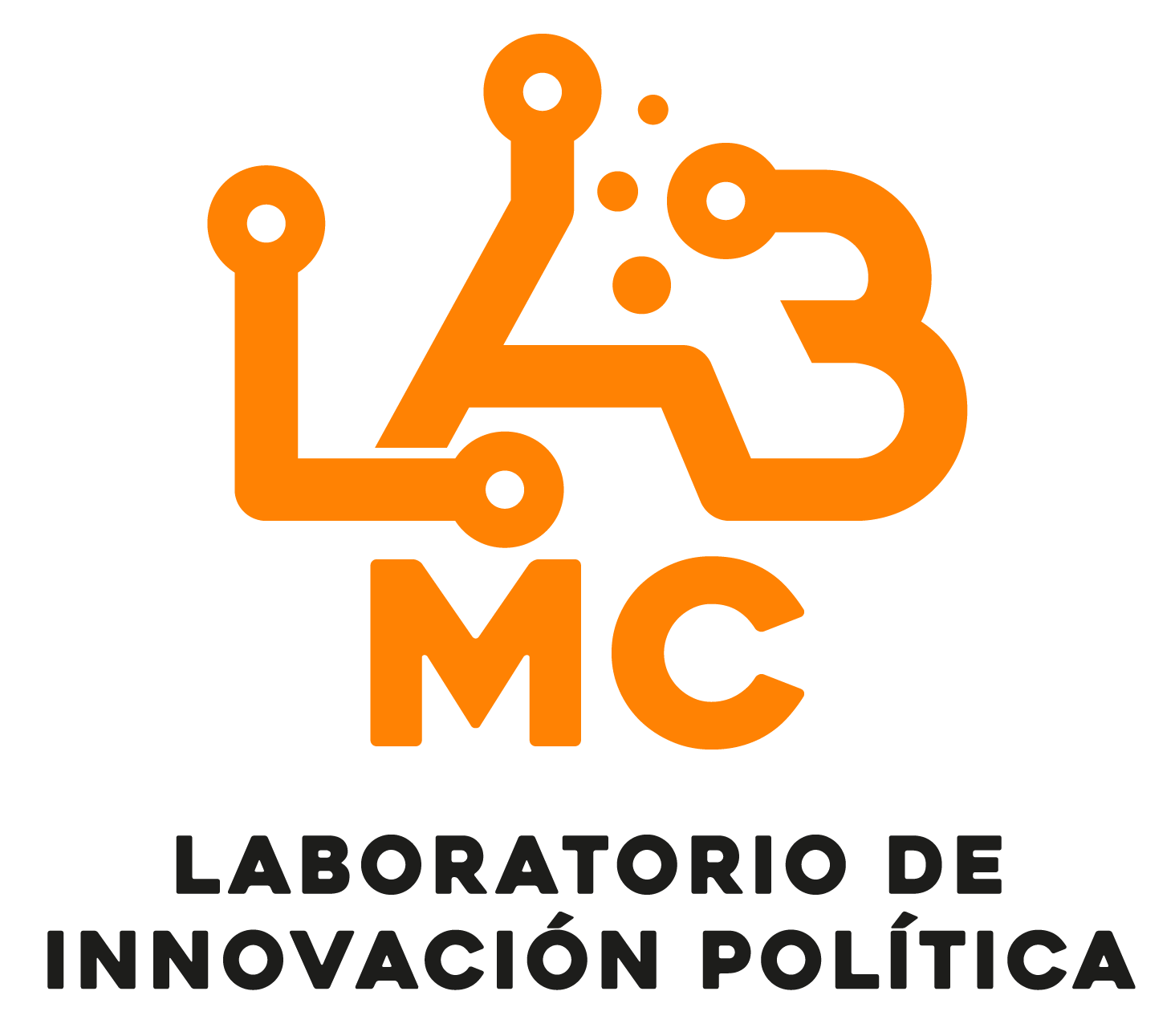E-Candidate
The term “e-candidate” is used to describe a person who makes use of digital media and tools to build a political platform in that realm in order to position themselves among the electorate in a context where the evolution of technological media is developing exponentially and is favored by various types of circumstances. In this case, the so-called e-candidates emerge from the recent crisis triggered by the COVID-19 pandemic.
El término e-candidate y su fundamentación explicativa se apoya de conceptos como democracia digital, democracia líquida, ciberpolítica, voto electrónico o marketing político, cuyo surgimiento se debe a una combinación de factores que reflejan la creciente importancia de la tecnología digital en la sociedad y la cultura contemporánea.
Thus, digital platforms today constitute essential tools not only for citizens as they serve as a medium and incentive to generate political activism in cyberspace but also for those citizens seeking to represent others in elected positions. These tools provide an effective way to communicate with voters, build relationships, disseminate information, and mobilize support, which can be decisive in an electoral campaign.


Digital platforms are, therefore, highly useful tools for candidates aspiring to elected positions for several reasons mentioned below:
- Digital platforms allow candidates to reach a massive audience quickly and efficiently. They can communicate with thousands or even millions of voters in real time through digital social networks, websites, or other types of platforms.
- Likewise, the so-called socio-digital networks provide the opportunity to interact directly with voters by answering questions, addressing concerns, and participating in online conversations to build a closer relationship with their audience.
- Similarly, candidates can use digital platforms to disseminate information about their political platform, proposals, experiences, and achievements in an accessible and engaging manner. This allows them to convey messages effectively to a broad audience, foster greater closeness with citizens, and generate engagement.
- On the other hand, digital platforms allow candidates to segment their audience and target their messages to specific voter groups, which is useful for tailoring messages to the concerns and preferences of different segments of the population.
- At the same time, the use of digital tools by a candidate allows for the collection of demographic data and voter preferences, providing valuable information to refine their campaign strategies and focus their efforts on key areas.
- The E-candidacies,also serve to mobilize supporters and raise funds for the campaign, which would otherwise be more cumbersome, as it is more convenient for citizens to do so from a computer rather than in person. In this way, candidates and their teams can implement an online system for contributions and donations to finance their political activities.
- The E-candidates can afford to be more transparent by using digital platforms to inform about their performance and campaign promises, helping to build voter trust—an essential element for generating political engagement and encouraging citizens to become more involved in public interest issues.
In summary, an e-candidacy involves the use of digital platforms in the process of building candidacies for individuals seeking to hold an elected office. Typically, the discipline focused on applying marketing strategies and techniques in the context of politics and electoral campaigns, both in physical and virtual spaces, as the marketing político, cuyos principios pueden coherentemente aplicarse al proceso de construcción de una e-candidature.
Finally, it is important to mention that e-candidacies and the involvement of virtual platforms can be beneficial for the development of democracy by increasing participation, transparency, and access to information. However, as Fung mentions, et al. (2013), it is important to address the challenges, risks, and limitations associated with platforms and cyberspace to ensure that their implementation does not pose an obstacle to democracy.

Sources of reference
Archon F. et al. (2018). Six Models for Internet + Politics. International Studies Review, 15(1), 30-47. https://academic.oup.com/isr/article-abstract/15/1/30/1792440
Chadwick, A. y Howard, P. (2019). Routledge handbook of internet politics. Routledge.
Díaz Jiménez, O. (2017). Marketing político y profesionalización de las campañas electorales presidenciales del Partido Acción Nacional y del Partido de la Revolución Democrática, 1994-2006. Polis, 11(1), 119-168. https://www.scielo.org.mx/scielo.php?script=sci_arttext&pid=S1870-23332015000100119
Lioy, A. et al. (2019). Platforms politics: party organisation in the digital age. Information Polity, 24(1), 41-58. https://pure.rug.nl/ws/portalfiles/portal/99101973/ip_2019_24_1_ip_24_1_ip180093_ip_24_ip180093.pdf
